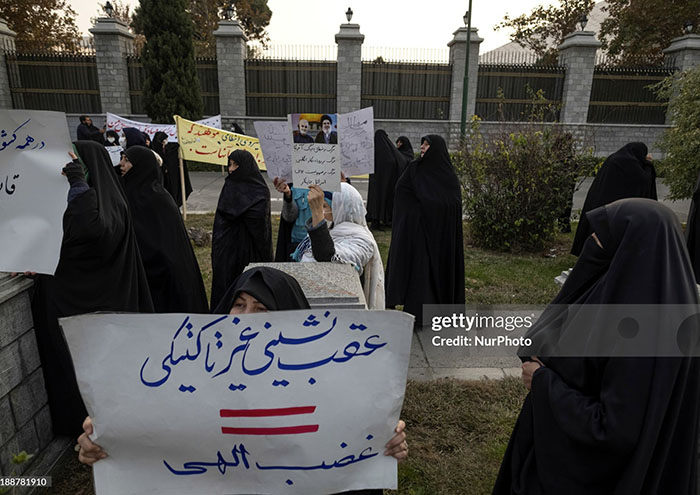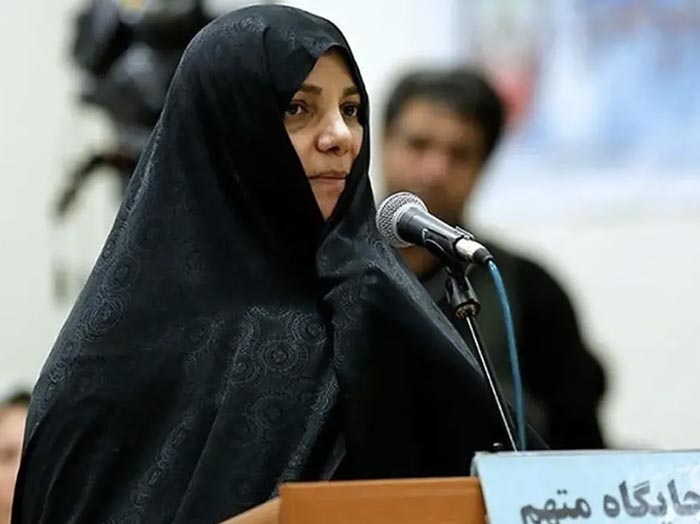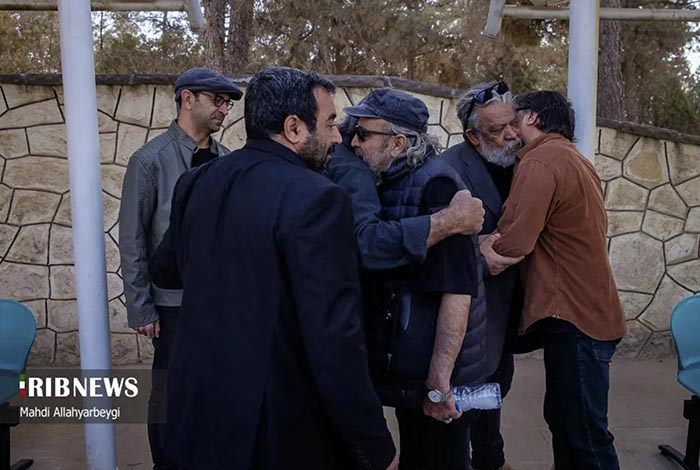10 Reasons Why the Hijab Law is Gaining Support: Insights from a Conservative Protest

The Road Ahead: Bridging Divides
The hijab law remains a contentious issue, with passionate arguments on both sides. While supporters see it as a necessary measure to preserve religious and cultural identity, opponents often frame it as an infringement on personal freedom. Bridging these divides requires open dialogue and a nuanced understanding of the perspectives involved.
Governments and policymakers must navigate this complex terrain carefully, balancing the need to respect religious traditions with the importance of protecting individual rights. Achieving this balance will be key to fostering social cohesion in increasingly diverse societies.
Final Call to Action
As the debate around the hijab continues to unfold, it is essential for all stakeholders—protesters, policymakers, and citizens alike—to engage constructively. For those who support the hijab law, the movement is a call to action, urging individuals to participate in shaping a society that reflects their shared values.
The hijab is more than a garment—it is a symbol of identity, unity, and resistance. Movements like this one remind us of the power of collective action in influencing not only local laws but also the broader cultural narrative.
The Intersection of Religion and Politics in the Hijab Debate
The protest also highlighted the deep connection between religious practice and political activism within conservative movements. By gathering outside the parliament, the demonstrators underscored their belief that the hijab is not merely a spiritual obligation but also a cornerstone of governance and law. They argued that state policies should reflect the moral and religious values of the society they serve, advocating for greater alignment between Islamic teachings and legislative frameworks.
This perspective is not unique to this protest—it echoes similar sentiments in many Islamic-majority countries where cultural identity is closely intertwined with governance. Supporters of the hijab law view it as a safeguard against what they perceive as moral decline, framing it as essential for maintaining the ethical integrity of the nation.
Economic Resistance as a Form of Protest
In addition to advocating for the hijab law, the participants called for economic boycotts of Western brands and social media platforms they believe undermine traditional values. Slogans like “Boycott Coca-Cola” and “Boycott Instagram” revealed a broader strategy of resisting cultural imperialism through economic means.
This approach aligns with a larger conservative narrative that seeks to empower local communities and resist the influence of multinational corporations that may promote values contrary to Islamic teachings. By supporting local businesses and avoiding global brands, protesters aim to create an economic model that aligns with their principles.
Key Takeaways from the Protest
- The hijab is a multifaceted symbol that reflects faith, identity, and resistance against cultural homogenization.
- Economic boycotts and media critiques are tools being used to challenge Western influences and advocate for traditional values.
- Youth engagement in the movement signals the enduring relevance of religious and cultural traditions in modern contexts.
- Social media is both a challenge and a resource, serving as a platform for activism while promoting conflicting values.
- The global implications of the hijab debate highlight its importance as a cultural and political issue in diverse societies.
Final Words: Preserving Identity in a Changing World
The hijab law movement is not just about a piece of clothing—it represents a deeper struggle to preserve cultural and religious identity in a rapidly globalizing world. Supporters of the law believe that upholding traditions like the hijab fosters unity, moral strength, and cultural pride.
As the conversation around the hijab law evolves, it will continue to be a focal point for broader discussions on faith, freedom, and the future of cultural identity in an interconnected world. Whether through peaceful protests, legislative advocacy, or global dialogue, this movement underscores the power of collective action to shape the future of society.
Concluding Thoughts
The protest in front of the parliament is a vivid reminder of the ongoing tensions between modernity and tradition. For its supporters, the hijab law isn’t just a matter of policy—it’s a cornerstone of their cultural and religious identity.
As the movement continues to gain traction, it raises critical questions about how societies can balance individual freedoms with collective values. While the debate is far from over, one thing is certain: the hijab will remain a powerful symbol in the global discourse on identity, faith, and autonomy.




